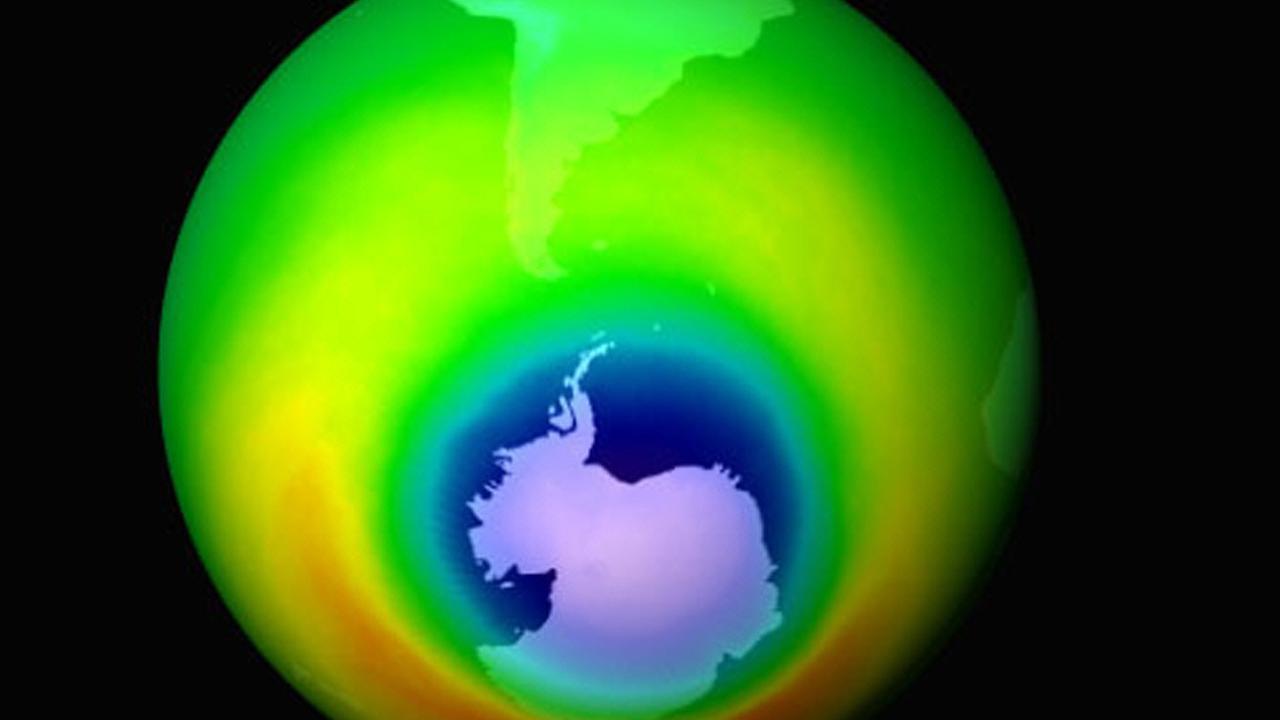
Deforestation in the Brazilian Amazon hit a new high in the first four months of the year, according to data released Friday, a worrying trend after the devastation caused by record fires last year.

the researchers conclude that the logging of native forest increases the risk and severity of fire. And in the case of the devastating 2019-20 fire season, logging likely had a profound effect.

The masks are made of the plastic polypropylene, which is not easily biodegradable. The accumulation of discarded face masks litters the environment and poses serious risks to the equilibrium of habitats and the health of wildlife.

Defined as the largest animals in the oceans, with a body mass that exceeds 45kg, examples include sharks, whales, seals and sea turtles - threatened marine megafauna, is facing extinction and we will face consequences.

Earlier this year, most of the ozone around 18 km overhead had vanished completely. But now we can breathe a sigh of relief as its healed up again. However, it's hard to predict just how rising temperatures will affect it in future.

According to a recent study, up to 1.9 million pieces of microplastic is located in a 5 cm-thick layer covering just one square metre. It is the highest levels of microplastics yet recorded on the ocean floor.

Many farmers around the world are having to destroy the crops they've worked hard to grow because wholesale markets have dried up completely. These horrific reports of waste raise the questions of distribution.

An average consumer throws away 60 % of clothing within a year of purchase. It is estimated that 18.6 million tonnes will be thrown away this year alone and by the year of 2050 the annual discard could grow to 150 million tonnes.

A new analysis of numerous climate models predicts the Arctic Ocean will become ice-free in the summer before the mid-point of this century – a startling forecast that persists even if we cut down atmospheric CO2 emissions.

Europe is heating faster than the global average. Data from the EU's Copernicus Climate Service shows that 11 of the 12 warmest years on record on the continent have occurred since 2000.

Seasonal fires do break out around Chernobyl but the range of this fire from beginning to now has reached 50,000 acres which makes this wildfire the largest since the nuclear accident occurred in 1986.

Major organizations have warned against children's use of hand-held devices in recent years. Tablets, phones, and computers do not cease to be harmful devices just because we have little else to distract us these days.

About 35 companies and academic institutions are racing to create Covid-19 vaccine.